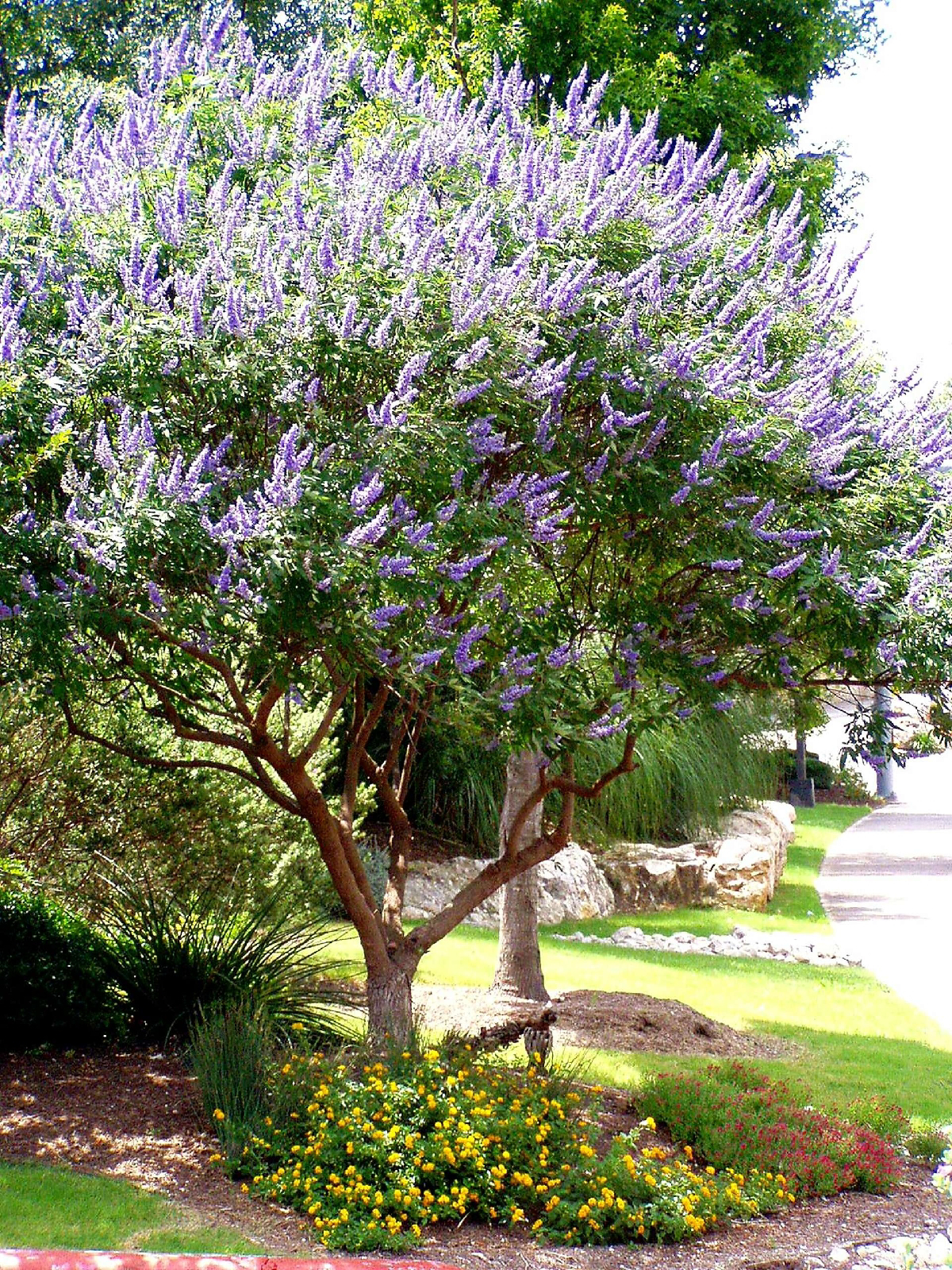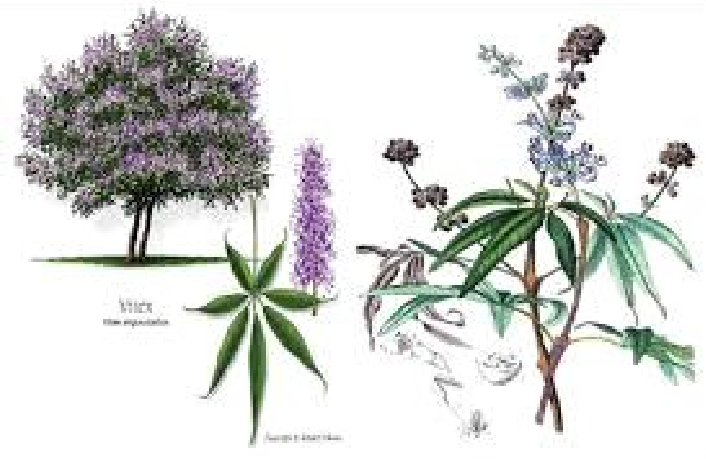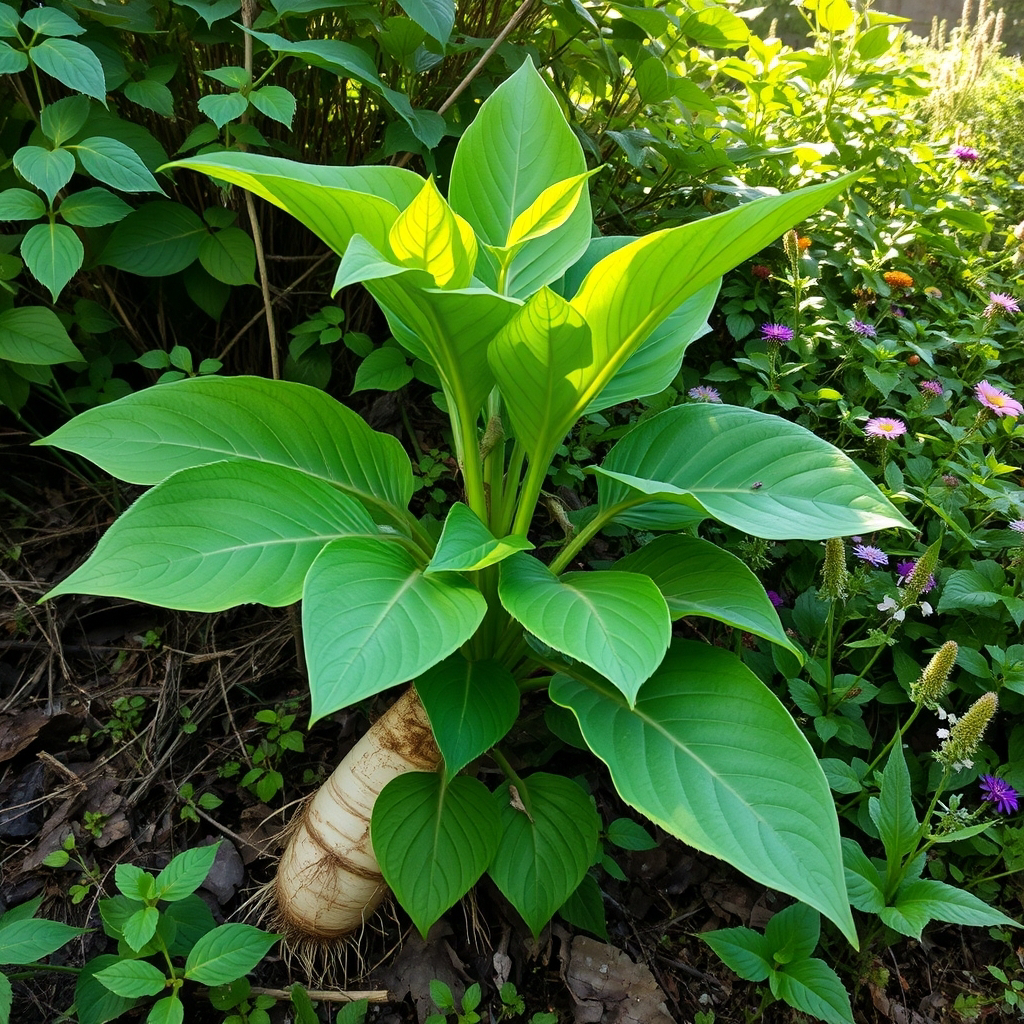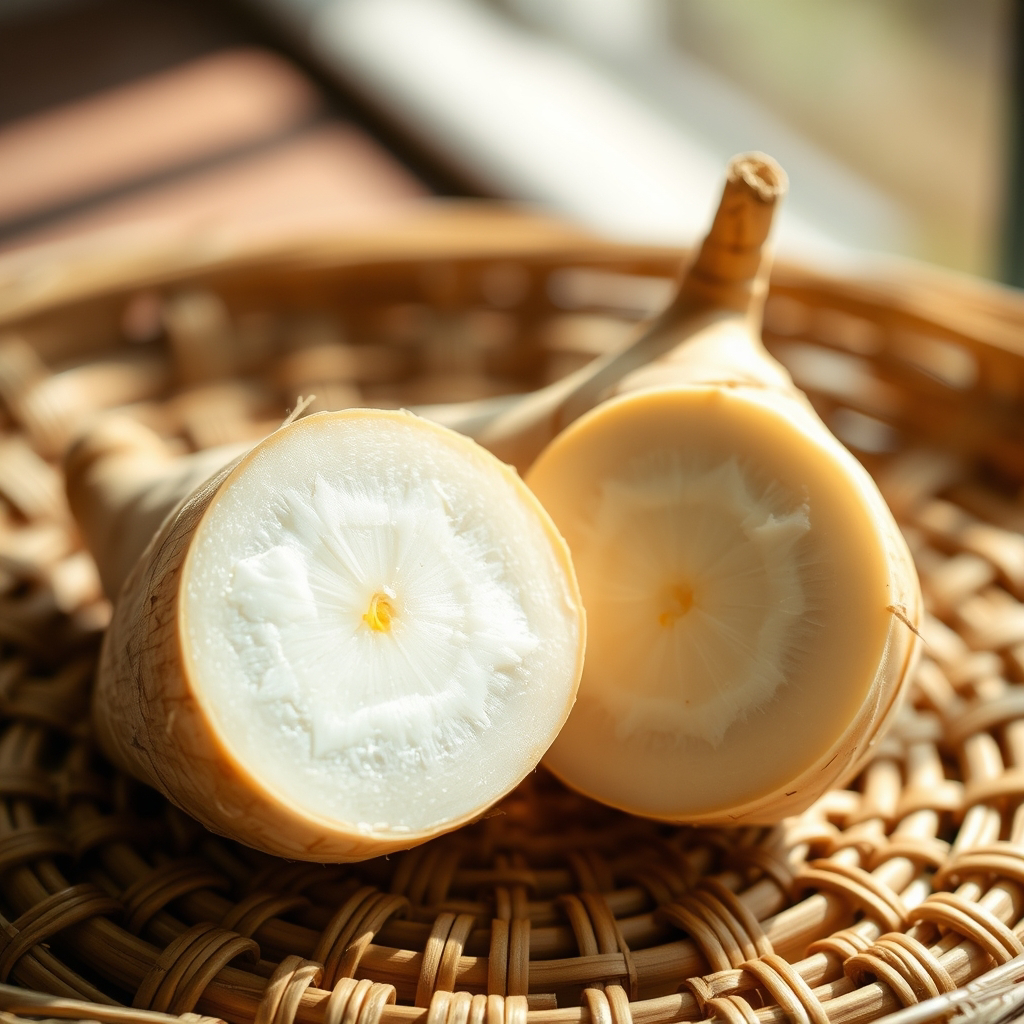Are you looking for natural ways to support your weight loss journey? While no supplement is a magic fix, certain natural ingredients backed by research can help boost metabolism, curb cravings, and promote fat loss—especially when combined with a balanced diet and regular exercise. Here’s a closer look at some popular options:
🔹 Green Tea Extract
Packed with catechins, green tea may increase fat oxidation and boost metabolism. A meta-analysis in The American Journal of Clinical Nutrition (2010) found modest weight and fat loss benefits (Khan et al., 2010)
🔹 Garcinia Cambogia
Contains hydroxycitric acid (HCA), which may help suppress appetite and inhibit fat production. Some studies, like in The Journal of Obesity (2018), show potential benefits, but results vary.
🔹 Ginseng
Traditionally used for energy, ginseng may improve insulin sensitivity and support weight management when combined with a healthy lifestyle (Nutrients, 2016).
🔹 Caffeine
A natural stimulant found in coffee and tea, caffeine can increase thermogenesis and fat burning. Research supports its role in boosting metabolism (The American Journal of Clinical Nutrition, 2004).
🔹 Apple Cider Vinegar
Some evidence suggests vinegar can promote satiety and help regulate blood sugar, leading to reduced calorie intake (Bioscience, Biotechnology, and Biochemistry, 2009).
🔹 Berberine
A compound found in plants like goldenseal, berberine has been shown to improve insulin sensitivity, regulate blood sugar, and support weight loss. A review in Metabolism (2019) highlights its potential in reducing body weight and improving metabolic health.
🔹 Cinnamon
Cinnamon may help stabilize blood sugar levels and reduce insulin resistance, which can support weight management. Studies, like one in Diabetes Care (2003), suggest cinnamon can improve glucose metabolism.
Boost Your Results with Protein!
Increasing your protein intake is a powerful way to support weight loss and supplement effectiveness. Protein helps:
Increase satiety, reducing hunger and cravings
Preserve muscle mass during weight loss
Boost metabolism through the thermic effect of food
Aim for lean protein sources like chicken, fish, beans, tofu, and Greek yogurt to help you stay full and energized.
Remember:
Always consult with a healthcare professional before starting new supplements.
Supplements work best when combined with a nutritious diet and regular exercise.
Choose high-quality products from reputable brands to ensure safety.
🔎 Sources & References:
Khan, N., et al. (2010). Green tea catechins and weight loss: Meta-analysis. The American Journal of Clinical Nutrition.
Onakpoya, I., et al. (2018). Garcinia cambogia for body weight reduction. The Journal of Obesity.
Kim, H. et al. (2016). Ginseng and weight management. Nutrients.
Astrup, A., et al. (2004). Caffeine and metabolism. The American Journal of Clinical Nutrition.
Kondo, T., et al. (2009). Vinegar intake and weight loss. Bioscience, Biotechnology, and Biochemistry.
Zhang, Y., et al. (2019). Berberine in metabolic health. Metabolism.
Crawford, P., et al. (2003). Cinnamon and glucose metabolism. Diabetes Care.
Stay consistent, stay healthy, and let nature support your journey! 💚✨
#NaturalSupplements #WeightLossTips #HealthyLiving #ScienceBacked #ProteinPower #WellnessJourney














